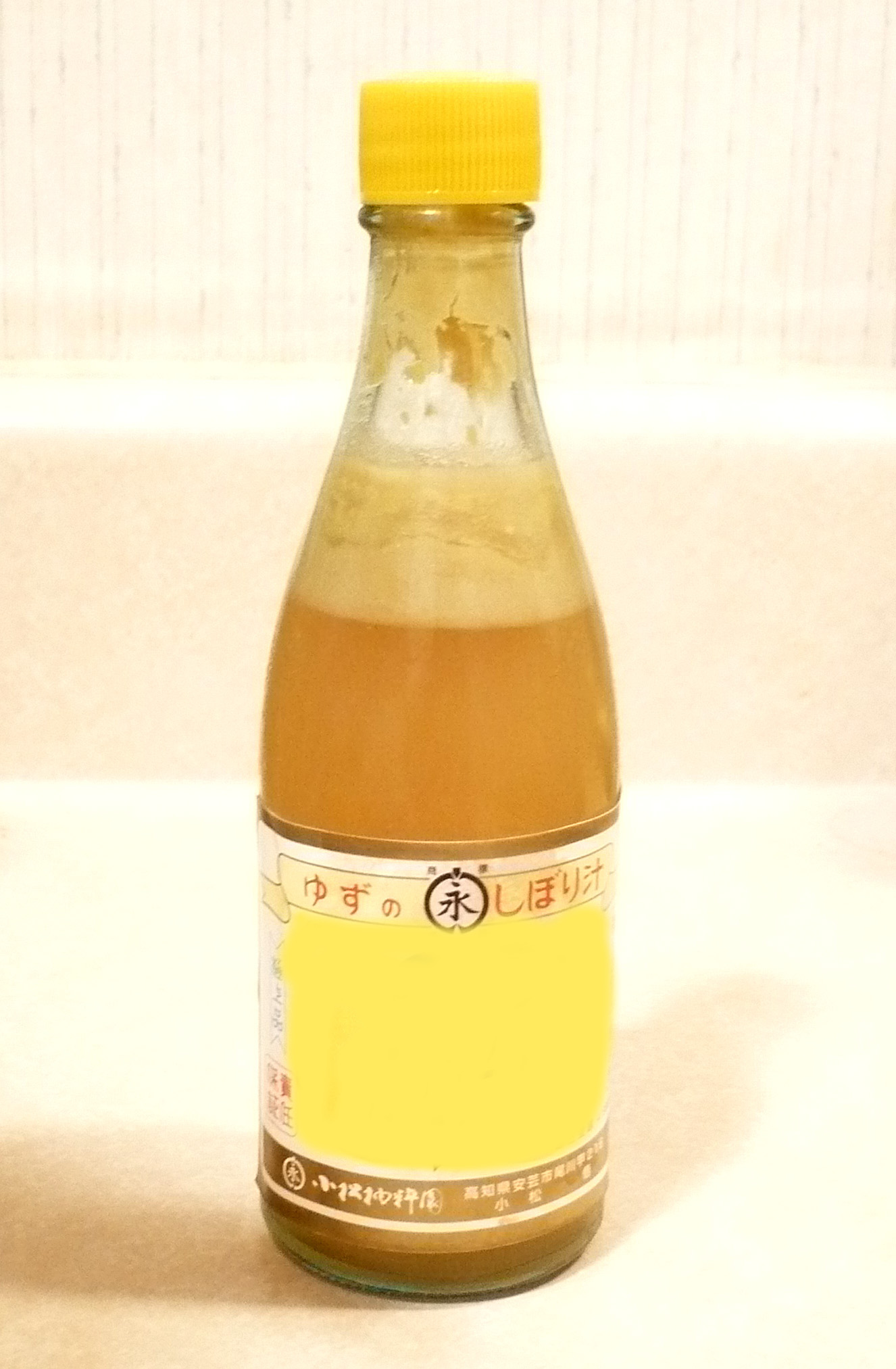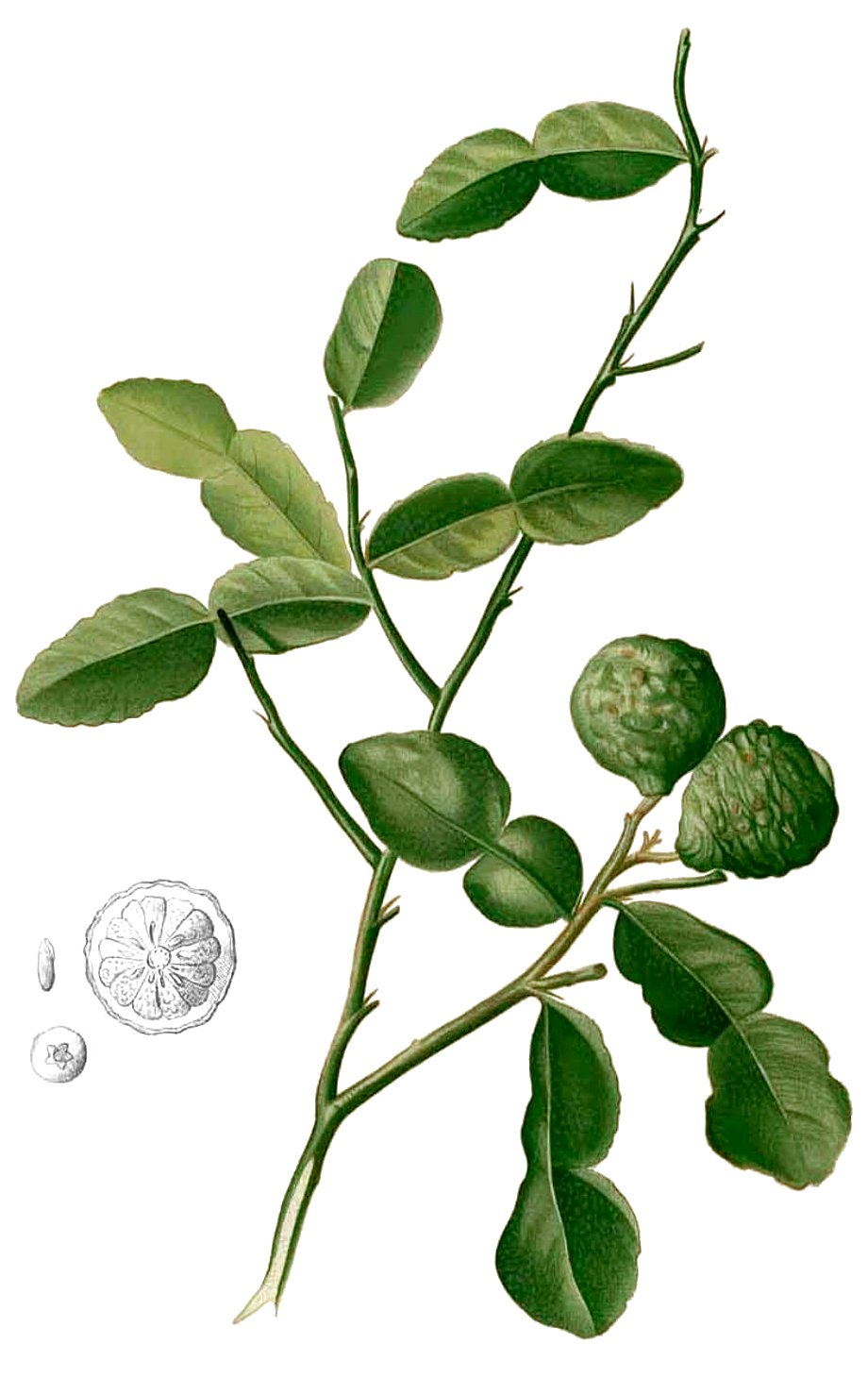|
Yuzu
Yuzu (''Citrus'' × ''junos'', from Japanese language, Japanese or ; ) is a citrus fruit and plant in the family Rutaceae of China, Chinese origin. Yuzu has been cultivated mainly in East Asia, though it has also recently been grown in New Zealand, Australia, Spain, Italy, and France. It is believed to have originated in central China as an F1 hybrid of the ( zh, t=莽山野橘) subspecies of mandarin orange and the ichang papeda. and Supplement Description This fruit resembles a yellow clementine with uneven skin and can be either yellow or green depending on the degree of ripeness. ''Yuzu'' fruits, which are very aromatic, typically range between in diameter but can be as large as a regular grapefruit (up to , or larger). Yuzu forms an upright shrub or small tree, which commonly has many large thorns. Leaves are notable for a large, leaf-like Petiole (botany), petiole, resembling those of the related makrut lime and ichang Papeda (citrus), papeda, and are heavily sce ... [...More Info...] [...Related Items...] OR: [Wikipedia] [Google] [Baidu] |
Ichang Papeda
''Citrus cavaleriei'', the Ichang papeda (Chinese: 宜昌橙), is a slow-growing species of papeda that has characteristic lemon-scented foliage and flowers. It is native to southwestern and west-central China and is likely named for the city of Yichang (宜昌), in China's Hubei province. The Ichang papeda is notable for its unusual hardiness. With the exception of ''Poncirus trifoliata'', it is the hardiest citrus plant, tolerating both moderate frost and damp conditions. Description Relatively rare in cultivation, the Ichang papeda is a large shrub or small tree, growing to , and produces a small, mandarin-like fruit. Leaves feature a broad petiole, and resemble the leaves of the yuzu and the kaffir lime in appearance. The fruit has a fragrant, but rugged rind, and may be oval, spherical, or flattened in shape, ripening to yellow or orange. It contains many large monoembryonic seeds and a small quantity of bitter or sour juice; some fruits lack juice entirely and are inste ... [...More Info...] [...Related Items...] OR: [Wikipedia] [Google] [Baidu] |
Japanese Citrus
Japanese citrus fruits were first mentioned in the ''Kojiki'' and ''Nihonshoki'', compiled in the 700s, and the ''Man'yōshū'' and ''Kokin Wakashū'', poetry anthologies compiled in the 700s and 900s, mention the Tachibana orange as a subject of ''Waka (poetry), waka'' poetry and describe its use as a medicinal, ornamental, and incense plant. Throughout their history, the Japanese have created and cultivated various varieties of citrus fruits, taking advantage of the mild climate that is ideal for growing citrus. In particular, from the 1600s during the Edo period (1603–1868) to the present, various varieties of citrus fruits have been produced, including Citrus unshiu, Unshū, :ja:ナツミカン, Natsumikan, Hassaku, Iyokan, and Dekopon. At present, Unshū is the most widely grown in Japan, and various cultivars have been developed. At present, the largest citrus growing areas are located in the Prefectures of Japan, prefectures of Wakayama Prefecture, Wakayama, Shizuoka P ... [...More Info...] [...Related Items...] OR: [Wikipedia] [Google] [Baidu] |
Papeda (citrus)
Papeda or papaeda is the common name for a group of ''Citrus'' species and varieties native to tropical Asia that are hardy and slow-growing, and produce unpalatable fruit. Walter Tennyson Swingle segregated these species into a separate subgenus, ''Papeda'', that included the Ichang lemon, yuzu, kaffir lime, kabosu, sudachi, and a number of wild and uncultivated species and hybrids. Recent genetic analysis shows the papedas to be distributed among distinct branches of the ''Citrus'' phylogenetic tree, and hence Swingle's proposed subgenus is polyphyletic and not a valid taxonomic grouping, but the term persists as a common name. Because of generally slow growth and bitter, less palatable fruits than in other citruses, papeda species have only limited commercial cultivation. Some species, like ichang papeda, are used in landscaping, while others are important for rootstocking and as genome source for breeding disease-resistant and frost-hardy citrus hybrids. In some cases the ... [...More Info...] [...Related Items...] OR: [Wikipedia] [Google] [Baidu] |
Pomelo
The pomelo ( ; or pummelo, ''Citrus maxima''), also known as a shaddock, is the largest citrus fruit. It is an ancestor of several cultivated citrus species, including the bitter orange and the grapefruit. It is a natural, non-hybrid citrus fruit, native to Southeast Asia. Similar in taste to a sweet grapefruit, the pomelo is commonly eaten and used for festive occasions throughout Southeast and East Asia. As with the grapefruit, phytochemicals in the pomelo have the potential for drug interactions. Description The pomelo tree may be tall, with a trunk, often rather crooked, that is thick, and low-hanging, irregular branches. The petioles (leaf stalks) are distinctly winged. The leaves are alternate, ovate or elliptic in shape and long; they are leathery and dull green above, hairy beneath. The flowers – single or in clusters – are fragrant and yellow-white in color. The fruit is large, in diameter, round or somewhat pear-shaped. Its weight varies by cultivar fr ... [...More Info...] [...Related Items...] OR: [Wikipedia] [Google] [Baidu] |
Philipp Franz Von Siebold
Philipp Franz Balthasar von Siebold (17 February 1796 – 18 October 1866) was a German physician, botanist and traveller. He achieved prominence by his studies of Japanese flora (plants), flora and fauna (animals), fauna and the introduction of Western medicine in Japan. He was the father of the first female Japanese doctor educated in Western medicine, Kusumoto Ine. Career Early life Born into a family of doctors and professors of medicine in Würzburg (then in the Prince-Bishopric of Würzburg, later part of Bavaria), von Siebold initially studied medicine at the University of Würzburg from November 1815, where he became a member of the German Student Corps, Corps Moenania Würzburg. One of his professors was Franz Xaver Heller (1775–1840), author of the ' ("Flora of the Grand Duchy of Würzburg", 1810–1811). Ignaz Döllinger (1770–1841), his professor of anatomy and physiology, however, most influenced him. Döllinger was one of the first professors to under ... [...More Info...] [...Related Items...] OR: [Wikipedia] [Google] [Baidu] |
Makrut Lime
''Citrus hystrix'', called the kaffir lime, Thai lime or makrut lime, (, ) is a citrus fruit native to tropical Asia, tropical Southeast Asia. Its fruit and leaves are used in Southeast Asian cuisine, and its Petitgrain, essential oil is used in perfumery. Its rind and crushed leaves emit an intense citrus fragrance. Names The most likely etymology is through the Sri Lanka Kaffirs, Kaffirs, an ethnic group in Sri Lanka partly descended from enslaved Bantu peoples, Bantu. The earliest known reference, under the alternative spelling "caffre" is in the 1888 book ''The Cultivated Oranges, Lemons Etc. of India and Ceylon'' by Emanuel Bonavia, who notes, "The plantation coolies also smear it over their feet and legs, to keep off land leeches; and therefore in Ceylon [Sri Lanka] it has also got the name of ''Kudalu dchi'', or Leech Lime. Europeans call it Caffre Lime." Similarly, H.F. MacMillan's 1910 book ''A Handbook of Tropical Gardening and Planting'' notes, "The 'Kaffir Lime' in ... [...More Info...] [...Related Items...] OR: [Wikipedia] [Google] [Baidu] |
Jeju Island
Jeju Island (Jeju language, Jeju/) is South Korea's largest island, covering an area of , which is 1.83% of the total area of the country. Alongside outlying islands, it is part of Jeju Province and makes up the majority of the province. The island lies in the Korea Strait, south of the nearest point on the Korean Peninsula. The Jeju people are indigenous to the island, and it has been populated by modern humans since the early Neolithic, Neolithic period. The Jeju language is considered critically endangered by UNESCO. It is also one of the regions of Korea where Korean shamanism, Shamanism is most intact. Jeju Island has an oval shape and is east–west and north–south, with a gentle slope around Hallasan in the center. The length of the main road is and the coastline is . On the northern end of Jeju Island is Gimnyeong Beach, on the southern end Songaksan (Jeju), Songak Mountain, the western end Suwolsan, Suwol Peak, and the eastern end Seongsan Ilchulbong. The island ... [...More Info...] [...Related Items...] OR: [Wikipedia] [Google] [Baidu] |
Dangyuja
Dangyuja ( ) is a Korean citrus fruit that is a specialty of Jeju Island. In Jeju language, it is called daengyuji ( ). Dangyuja has a similar shape and flavour to yuzu, but is genealogically a variety of pomelo. Dangyuja has been included in the Ark of Taste, an international catalogue of endangered heritage foods. Description The evergreen broad-leaved tree grows to an average height of , with branches that have thorns on them, and the leaves are long. The fruit is long, wide, and usually weighs . The colour of ripe fruit can range from dark yellow to yellow-orange. The rind is about thick, very fragrant, and slightly bitter, while the flesh and juice is rich in sourness, with a unique fragrance. Uses Culinary Today, the fruit is used mainly for tea, ''dangyuja-cha'' (dangyuja tea), whose preparation is very similar to that of yuja tea. In the past, dangyuja was often used in home remedies to prevent and treat the common cold. A soup called ''daengyuji-kkul- ... [...More Info...] [...Related Items...] OR: [Wikipedia] [Google] [Baidu] |
Japan
Japan is an island country in East Asia. Located in the Pacific Ocean off the northeast coast of the Asia, Asian mainland, it is bordered on the west by the Sea of Japan and extends from the Sea of Okhotsk in the north to the East China Sea in the south. The Japanese archipelago consists of four major islands—Hokkaido, Honshu, Shikoku, and Kyushu—and List of islands of Japan, thousands of smaller islands, covering . Japan has a population of over 123 million as of 2025, making it the List of countries and dependencies by population, eleventh-most populous country. The capital of Japan and List of cities in Japan, its largest city is Tokyo; the Greater Tokyo Area is the List of largest cities, largest metropolitan area in the world, with more than 37 million inhabitants as of 2024. Japan is divided into 47 Prefectures of Japan, administrative prefectures and List of regions of Japan, eight traditional regions. About three-quarters of Geography of Japan, the countr ... [...More Info...] [...Related Items...] OR: [Wikipedia] [Google] [Baidu] |
Japan Science And Technology Agency
The Japan Science and Technology Agency (JST; Japanese: 科学技術振興機構) is a Japanese government agency which aims to build infrastructure that supports knowledge creation and dissemination in Japan. It is one of the National Research and Development Agency (Japan), National Research and Development Agencies, overseen by the Ministry of Education, Culture, Sports, Science and Technology (MEXT) and the Council for Science, Technology and Innovation (CSTI). It operates from headquarters in Kawaguchi, Saitama in the Greater Tokyo Area, and in Chiyoda, Tokyo, Chiyoda in central Tokyo. The agency formed in 2003, as successor to the Japan Science and Technology Corporation. The corporation had formed in 1996 through the merging of the Japan Information Center of Science and Technology (JICST, est. 1957) and the Research Development Corporation of Japan (JRDC, est. 1961). Among other activities, the agency runs J-STAGE, an "electronic journal platform for science and technolog ... [...More Info...] [...Related Items...] OR: [Wikipedia] [Google] [Baidu] |






